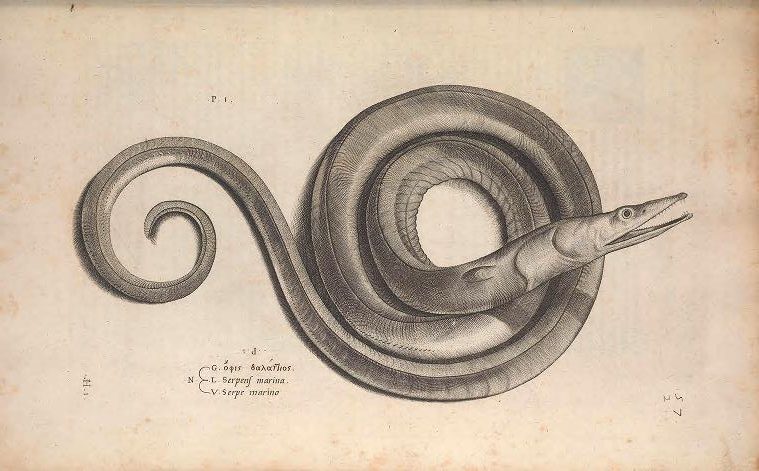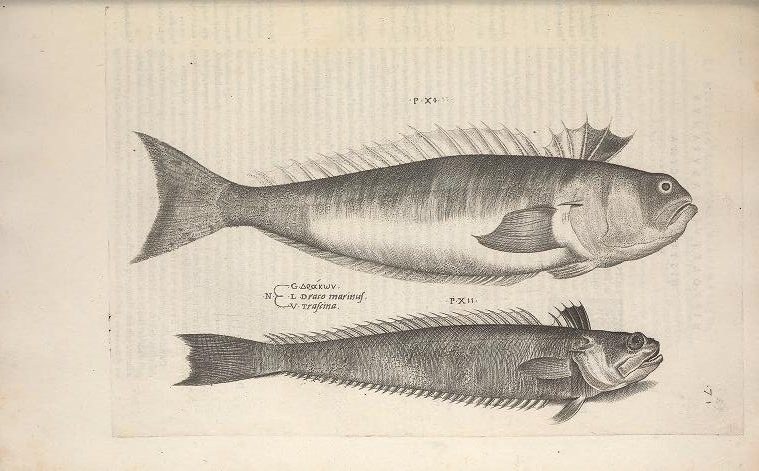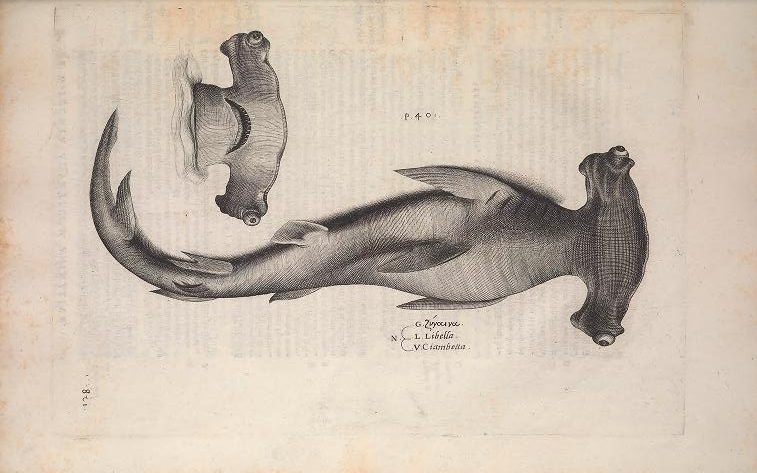As you head to the seashore or lakeside this summer, take a moment to consider the contributions of Ippolito Salviani to natural history. Salviani’s book on aquatic animals, Aquatilium animalium historiae (The history of aquatic animals), is one of a handful of 16th-century works that helped established ichthyology as a modern science. A professor of medicine at the University of Rome and physician to several Popes, Salviani collected fishes in the markets of Rome for anatomical examination to support his systematic studies, correcting and expanding the works of ancient authors (Aristotle, Pliny, et al.). The Smithsonian Libraries holds a copy of Aquatilium animalium historiae in the Joseph F. Cullman 3rd Library of Natural History.

Ninety-three species of fishes and cephalopods are depicted in the full-page illustrations, with 18 of them new to the science of the time. The work is the earliest zoological book illustrated with copper-engraved plates, far more suitable than the woodcuts typical of the period for reproducing in fine, silvery lines the visual effect of fish scales and the delicate fins. The book has been scanned and is available online through the Biodiversity Heritage Library for readers to peruse.

It being Shark Week, however, we can’t overlook some of the toothier species included in Salviani’s work:


Salviani’s work is currently available for adoption through the Smithsonian Libraries’ Adopt-A-Book program. The program provides essential funding to support the conservation, acquisition, and digitization of books and manuscripts held by the world’s largest museum complex and research institution.
Text for this post was contributed by Leslie K. Overstreet, Curator of Natural-History Rare Books in the Joseph F. Cullman 3rd Library of Natural History, and S. Diane Shaw, Special Collections Cataloger.

Be First to Comment